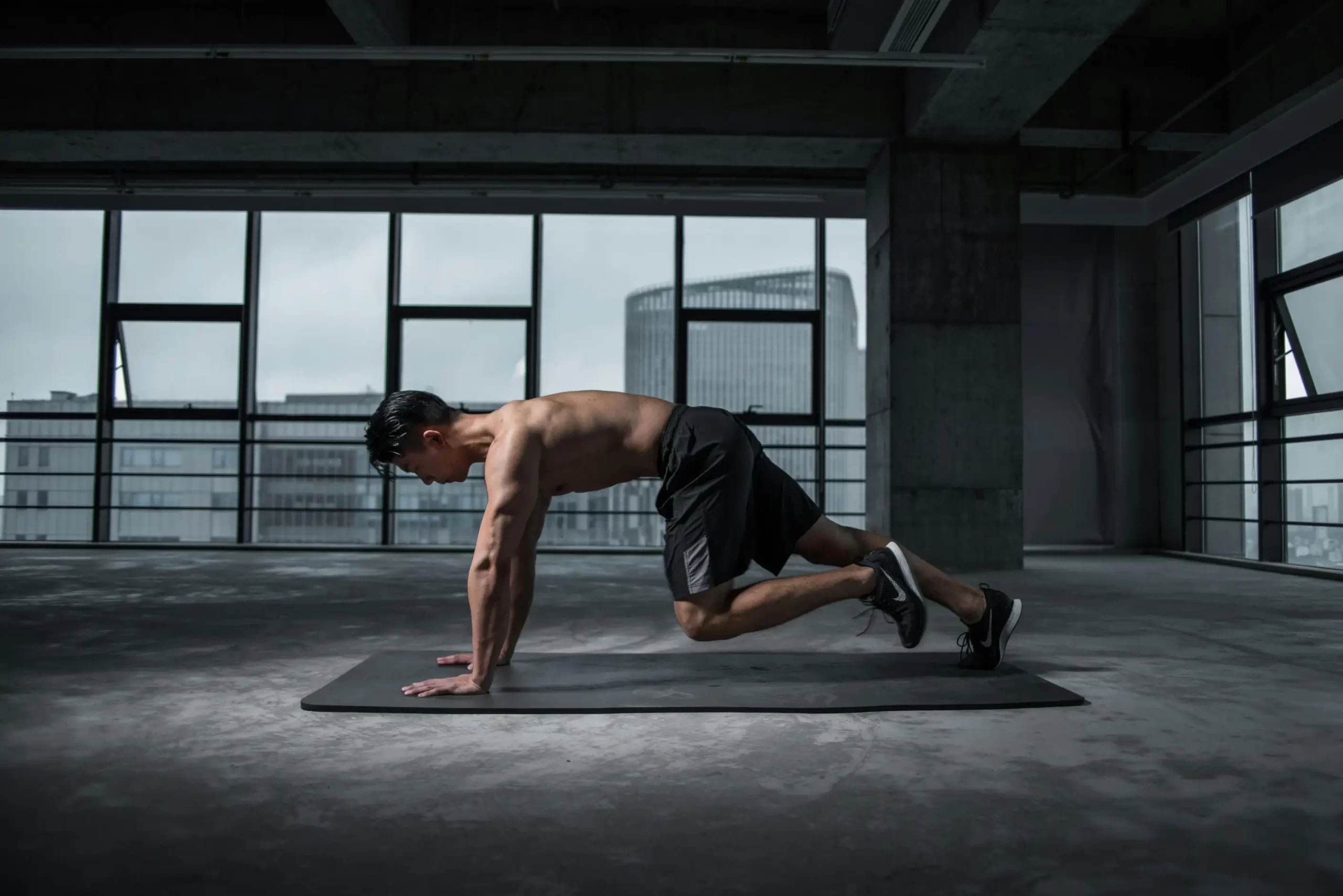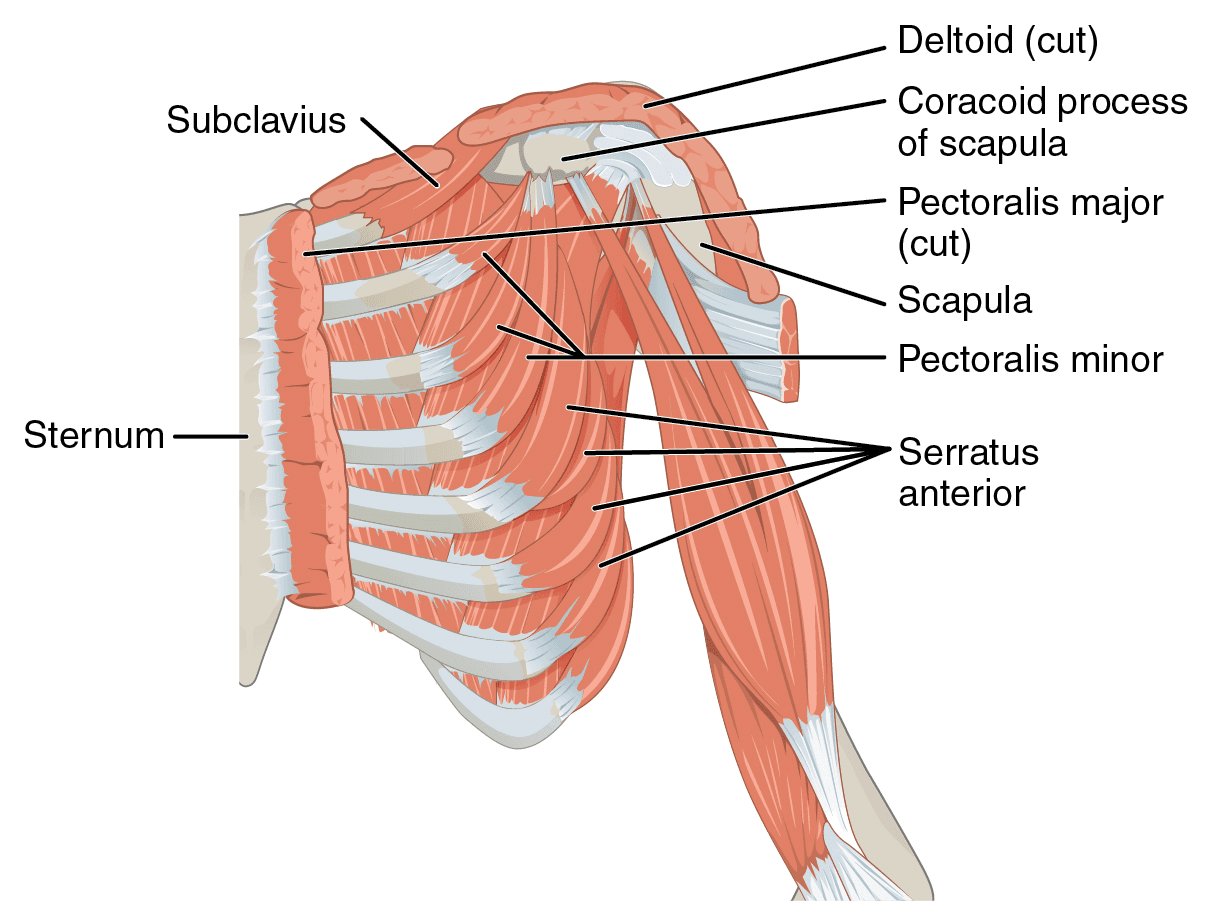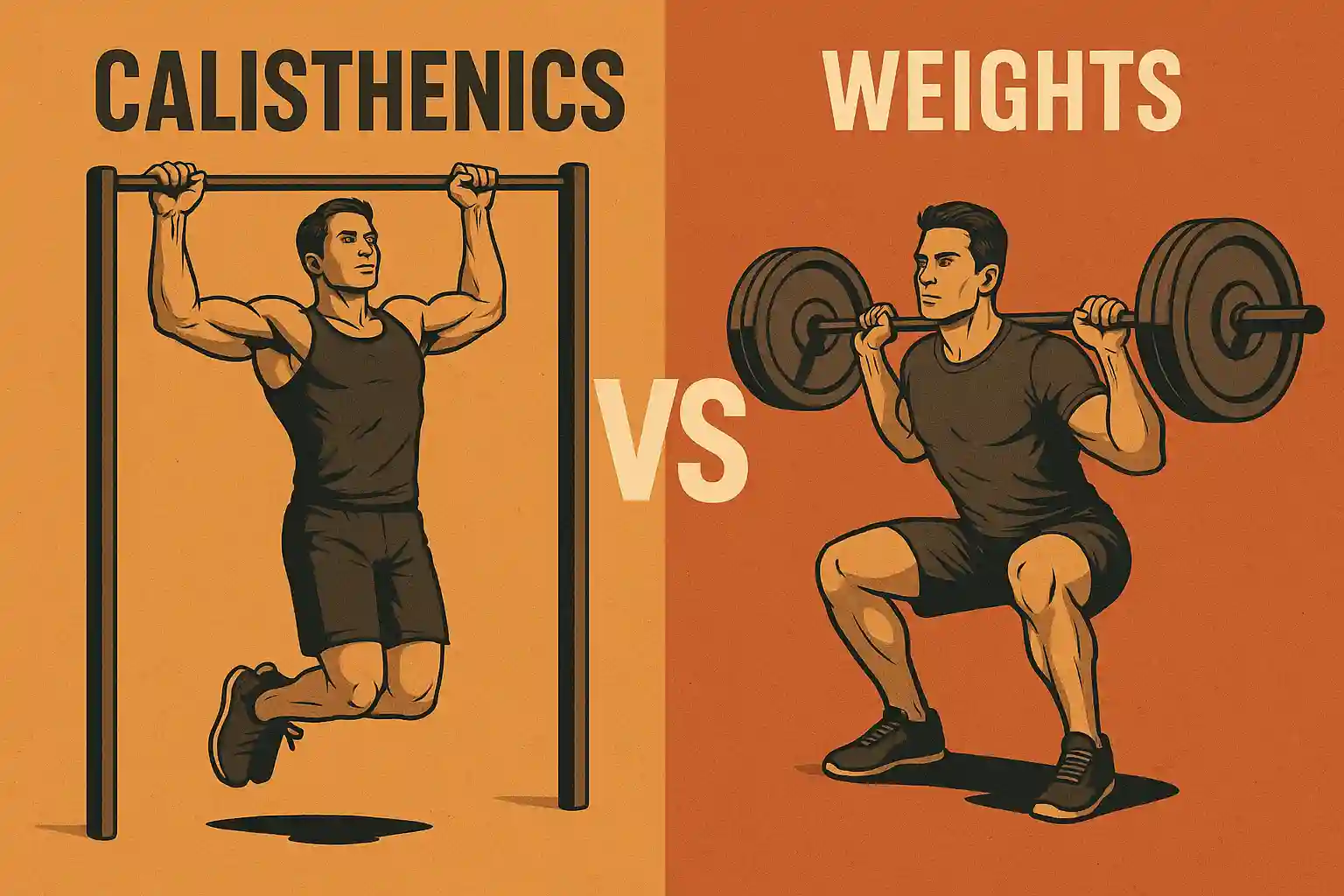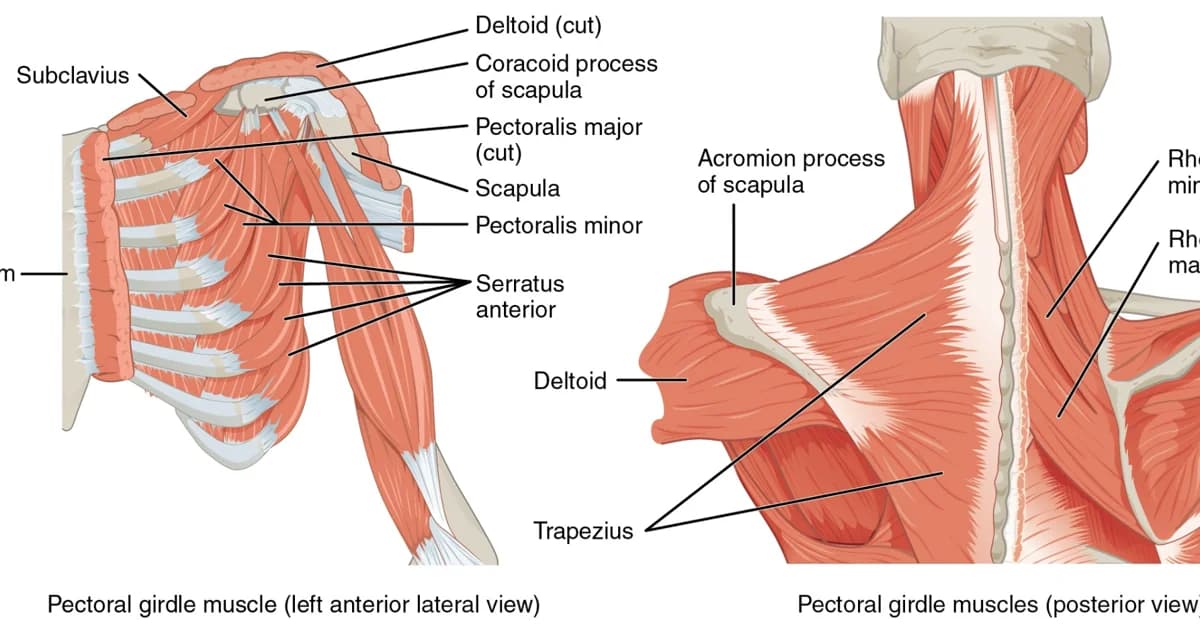
Get your Free Calisthenics Certification
100% Online Training — Study Wherever You Are
What You'll Get
Discover what makes our approach unique
Online quizzes
Online quizzes to practice your knowledge
Flexible learning
Live or self-paced learning
Open to everyone
No prior knowledge or degree required
Most Popular Lessons
Start with what others are learning
What You'll Learn
Complete curriculum covering everything from anatomy to advanced programming
Anatomy & Kinesiology
- Musculoskeletal system fundamentals
- Biomechanics and movement patterns
- Injury prevention and rehabilitation
Training Methodology
- Progressive overload principles
- Program design and periodization
- Exercise progressions and regressions
Exercise Science
- Muscle physiology and adaptation
- Energy systems and metabolism
- Recovery and nutrition basics
Professional Skills
- Client assessment techniques
- Coaching and communication
- Safety and risk management
Latest Articles
Evidence-based fitness insights

How to Fix Rounded Shoulders: 7 Exercises That Actually Work
Complete guide to correcting rounded shoulders with proven exercises and stretches
Read More
Calisthenics vs. Weights: A Trainer's Perspective
The pros and cons of each for hypertrophy, functional strength, and skill acquisition
Read MoreFrequently Asked Questions
About Calisthenics Association
Unlock your potential with the first online school offering FREE Calisthenics training certification! Our comprehensive, fully online courses allow you to become a certified Calisthenics trainer from anywhere in the world. Join thousands of students across the globe who have transformed their lives and careers with our expert training. Why wait? Start your journey with us today and embrace the future of fitness training. The world of Calisthenics awaits you!


